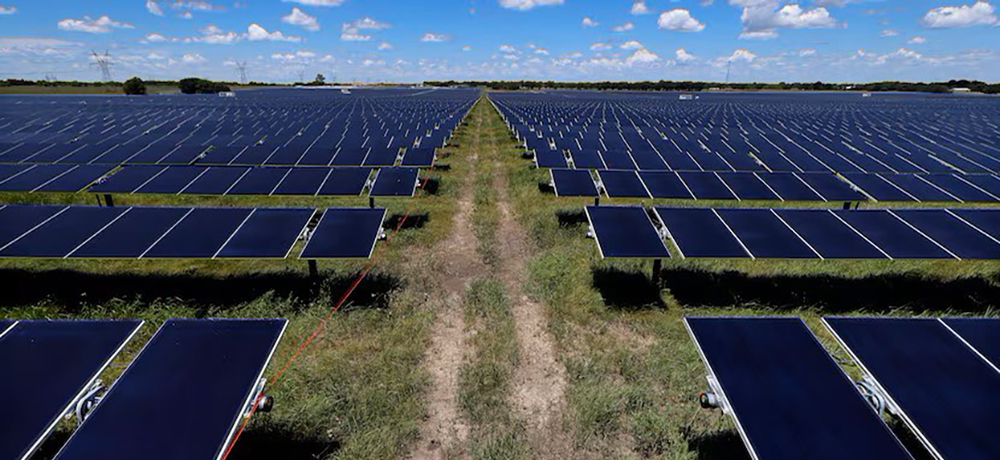Nikki Morris, the executive director of TCU Neeley’s Ralph Lowe Energy Institute, and Michael Slattery, the institute’s interim director of research, pointed to Texas as proof that traditional and renewables can thrive side by side.
February 04, 2025
By Alexandria Salinas
Texas continues to show that traditional fossil fuels and renewable energy can coexist and thrive. In an opinion/editorial article by Nikki Morris and Michael Slattery, leaders at the Ralph Lowe Energy Institute at TCU, they described the state’s role as both the largest oil and gas producer, and the leading generator of wind power in the United States as a prime opportunity. This dual approach positions Texas as a model for balancing energy needs while reducing emissions.
In The Dallas Morning News article, Morris and Slattery noted that Texas plays a critical role in the natural gas market, which offers a cleaner alternative to coal by emitting significantly less carbon dioxide. As the state’s electric grid becomes more dependent on renewable energy, natural gas remains vital in providing stability during times of high demand or low renewable output. This blend of energy sources allows Texas to maintain reliable electricity while also reducing its carbon footprint.

The state’s energy diversity extends beyond its borders, with Texas exporting liquefied natural gas (LNG) to countries in Asia and the southern hemisphere, helping to lower global emissions. This positions Texas not only as a leader in U.S. energy production but as a key player in global energy security.
While the transition to fully renewable energy will take time, Texas is proving that natural gas can be an essential step in this process. By leveraging innovation and diverse energy sources, the Lone Star State is leading the way toward a cleaner, more sustainable future.
The Dallas Morning News article is available online for those with a subscription to the publication, and can also be read as a downloadable document.



